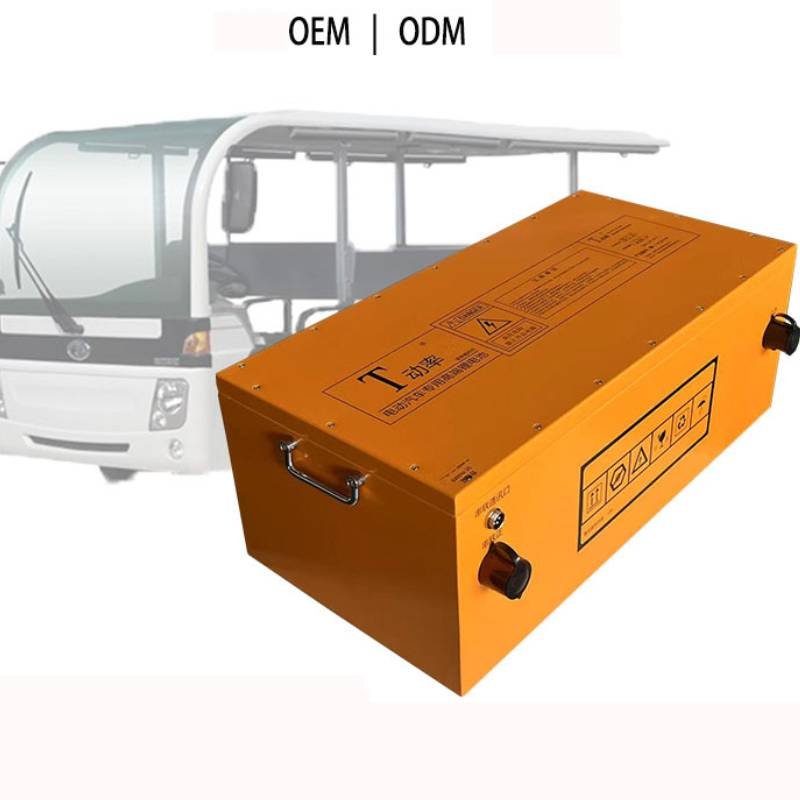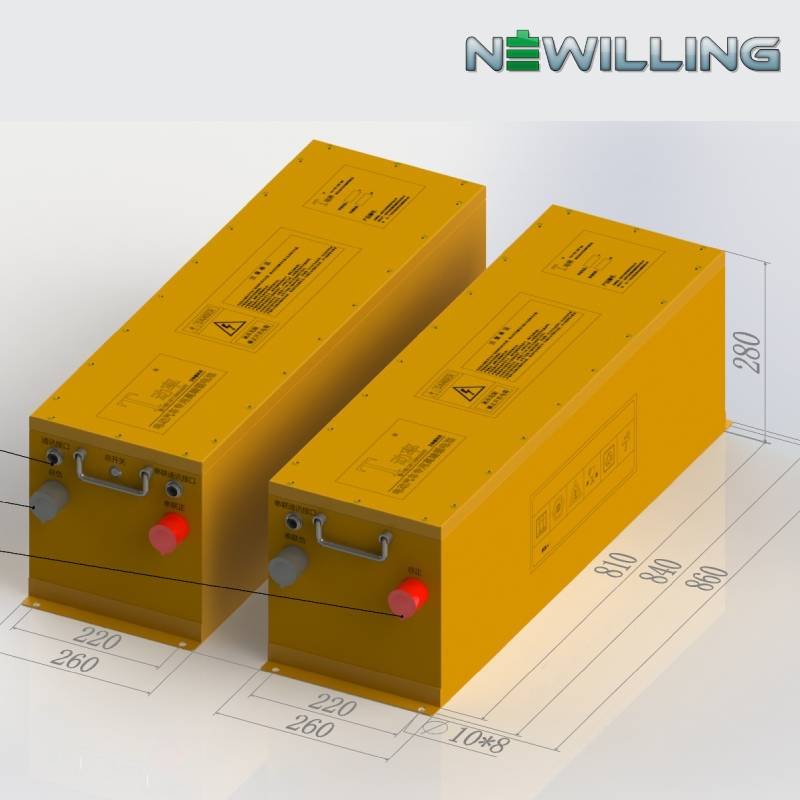By NEWILLING
Golf carts equipped with lithium battery systems have revolutionized the way we think about personal transportation on golf courses, in gated communities, or for recreational use. A key feature of lithium batteries—especially the 72V systems commonly found in modern golf carts—is their efficiency, long lifespan, and reduced weight compared to traditional lead-acid batteries. However, traveling with a 72V lithium battery system requires specific care and attention to ensure the battery performs optimally, remains safe, and enjoys a long life.
At NEWILLING, we specialize in providing high-quality lithium battery systems for golf carts, delivering both performance and reliability. In this article, we’ll share tips for traveling with your 72V golf cart lithium battery system, focusing on battery maintenance, safety precautions, and practical advice for ensuring a smooth journey.
1. Ensure Proper Charging Before Traveling
Before embarking on any trip with your golf cart, make sure that the lithium battery is fully charged. A fully charged battery ensures that you have optimal range and avoids the risk of running out of power mid-journey. While lithium batteries are known for their ability to charge quickly, it’s always a good idea to top off the charge to 100% before hitting the road.
Additionally, lithium batteries are known for their longer lifespan when they are kept at optimal charge levels. Charging to full capacity will ensure that your battery operates efficiently, allowing for maximum range during travel. Make sure you use the correct charger designed for your 72V lithium battery to avoid damage.
2. Secure the Battery for Safe Transport
If you plan on transporting your golf cart in a trailer or vehicle, it’s essential to secure the lithium battery properly. Lithium batteries, even though much lighter than lead-acid alternatives, can still shift or become damaged during transit. Ensure that the battery is well-secured in its compartment or battery tray to prevent any movement or contact with sharp objects that could cause damage.
A secure, properly installed battery reduces the risk of accidental short circuits or disconnections, which can occur during rough rides or sharp turns. If the battery is not installed in the cart itself and is being transported separately, ensure that it is placed upright and that the terminals are covered to prevent shorting.
3. Monitor Battery Temperature During Travel
Lithium batteries perform best within a certain temperature range, typically between 32°F (0°C) and 113°F (45°C). Extremely cold or hot temperatures can affect the battery’s performance, leading to reduced range or even permanent damage.
When traveling, especially in areas with extreme weather conditions, take precautions to protect the battery from temperature extremes. If you are transporting your golf cart in a trailer, consider using a thermal blanket or insulation to keep the battery at an optimal temperature. If you’re traveling in particularly hot climates, avoid leaving your cart in direct sunlight for extended periods, as this can raise the internal temperature of the battery to unsafe levels.
4. Use a Lithium Battery-Specific Charger
When traveling with your 72V lithium battery system, ensure that you always use a charger that is designed specifically for lithium batteries. Lithium batteries require a specific charging profile to ensure the charging process is efficient and safe. Using a non-compatible charger, such as one designed for lead-acid batteries, can result in overcharging, undercharging, or damage to the battery’s internal chemistry.
NEWILLING’s lithium battery systems are designed to work seamlessly with our lithium-specific chargers, ensuring a safe and efficient charging process whether you’re at home or on the go. Always check that your charger is compatible with your battery’s specifications before plugging it in.
5. Plan Your Route and Battery Usage
Before embarking on a long journey, it’s a good idea to plan your route and ensure that you have access to charging stations if needed. While 72V lithium batteries offer impressive range, it’s still important to know where your charging options are if you anticipate a long trip or plan to stop frequently.
For golf cart trips on longer or unfamiliar routes, use a range calculator or consult your manufacturer’s guide to estimate how far you can travel before the battery needs a recharge. It’s also a good idea to carry a portable battery charger or a backup power source in case you encounter unexpected delays or longer distances than anticipated.
6. Avoid Deep Discharge
One of the main advantages of lithium batteries is their ability to handle deep discharge cycles without significant loss of performance. However, consistently discharging the battery below 20% can reduce its overall lifespan. While it’s tempting to travel as far as possible, it’s best to recharge the battery before it drops too low.
For maximum longevity, avoid letting the battery discharge completely during long trips. Recharge the system when the battery reaches around 30% to 40% to maintain its health and performance, and always be mindful of the remaining charge during the journey.
7. Check for Faulty Wiring and Connections
Before traveling, it’s essential to inspect your golf cart’s electrical system, including wiring and connections. Loose or frayed wires can pose safety risks and might cause the battery to function inefficiently. Check that the battery terminals are clean, corrosion-free, and properly tightened to ensure a secure connection.
Additionally, inspecting the entire electrical system for any signs of wear or damage, including cables and fuses, will help prevent unexpected issues while traveling. Performing these checks regularly can reduce the chances of electrical failures and keep your battery performing optimally.
8. Ensure the Battery Is Properly Discharged and Stored When Not in Use
If you’re planning to store your golf cart for an extended period after your trip, it’s important to prepare the battery for storage properly. Lithium batteries should not be left in a completely discharged state, nor should they be left fully charged for long periods. For optimal storage, aim to leave the battery at about 40-60% charge. This prevents the battery from degrading and ensures it is ready to go when you next use your golf cart.
If you are storing your cart in a garage or shed, ensure that it’s in a cool, dry environment, away from extreme temperatures or humidity, which can negatively affect the battery.

Why Choose NEWILLING for Your 72V Lithium Golf Cart Battery System?
At NEWILLING, we are dedicated to providing advanced lithium battery systems that are not only reliable but also designed for high performance. Our 72V lithium battery systems are perfect for powering your golf cart, offering longer life cycles, faster charging times, and consistent performance across varying conditions.
We understand that traveling with your lithium battery system requires attention to detail and proper care. That’s why we design our batteries with built-in safety features, including temperature monitoring, overcharge protection, and long-lasting durability, ensuring your battery remains efficient during your travels. Additionally, our battery systems are compatible with a wide range of chargers and offer a seamless, user-friendly experience.
Conclusion
Traveling with a 72V lithium battery system requires careful planning and attention to detail, but the benefits are well worth the effort. By ensuring proper charging, securing your battery, monitoring temperatures, and taking care of your golf cart’s electrical system, you can enjoy safe, efficient, and enjoyable travels. Whether you’re headed out on a short trip or an extended journey, NEWILLING’s 72V lithium battery systems are designed to power your adventures with ease and reliability.
Choose NEWILLING for your lithium battery needs and enjoy a hassle-free, high-performance experience while traveling with your golf cart.

